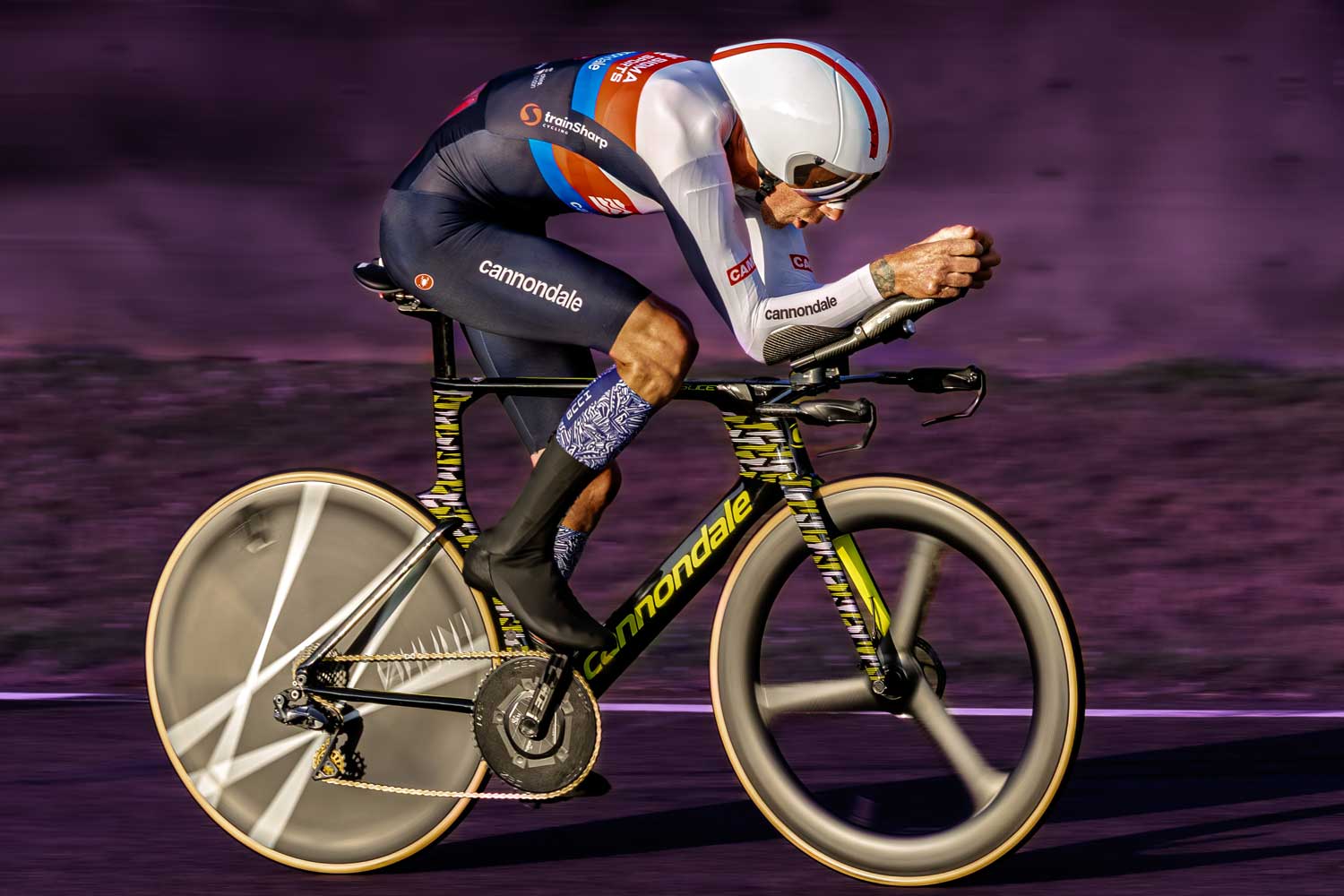Precision force measurement can offer more than just ‘marginal gains’ for cycling and other sports applications.

Sir David Brailsford helped popularise the idea of 'marginal gains' in cycling as a way to continually strive for better performance. This could either be through conditioning of the athletes or by improving equipment design and performance down to a component level. In particular, a lot of time is spent on the correct set up of the bikes and ensuring these are tailored to the individual riders.
Looking to make this process as scientific as possible, Novatech have revisited a design that had been originally created for a biometric study at a university in the south-east of England. Having trialled the updated product with British Cycling, Bioracer and Team Sky / Ineos, Novatech are currently producing 3 axis pedal loadcells for performance monitoring, personalised bike fitting and injury rehabilitation.
The pedal loadcells are available in two different formats for the two most popular shoe cleat types and result in a negligible increase in the stack height from the axle to the cleat itself. Incorporating a magnetic rotary encoder and wireless communication options, the pedal loadcells are some of the most advanced sensors manufactured by Novatech.
Biometric Application
Loadcells are particularly useful in any biometric application where there is the need for a person to interact with some form of equipment or apparatus. Loadcells can easily be used to measure parameters such as grip strength and the force exerted through an item that is in contact with the human body. Novatech have previously supplied loadcells for rowing, kayaking and rock climbing to name a few examples.
However, due to the high stiffness characteristic of foil strain gauge loadcells, it is not always possible to provide suitably ergonomic designs to enable force measurement in biometric applications. Measuring bite force, for example, is going to be uncomfortable for the test subject if the equipment is an unyielding metal construction. Padding the sensor with some softer material, on the other hand, will adversely affect the calibration and make it very difficult to take anything other than comparative measurements with any real accuracy.
If you are looking to measure a force as part of a biometric application it is necessary to consider how this could be achieved in a way that takes into account the limitations of the technology available. Our engineers will be happy to discuss your requirements to see if it is possible to provide a sensor that will be safe and comfortable to use.
